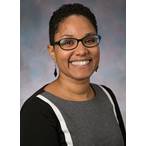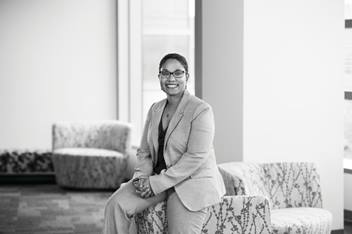“Something is Happening Among our Black Girls”: Startling Research on Youth Suicide Prompts National Conversations
A first-of-its-kind study on Black youth suicide from Nationwide Children’s Hospital has drawn national attention to this growing problem and is now helping inform federal discussion about suicide prevention.
The research, led by Arielle Sheftall, PhD, principal investigator in the Center for Suicide Prevention and Research at the Abigail Wexner Research Institute, found that between 2003 and 2017:
- Black youth experienced a significant upward trend in suicide
- The suicide rate of Black girls increased 6.6% per year
- Approximately 40% of the girls were 12 to 14 years old
The rise in suicide among Black girls was particularly alarming, and has drawn coverage from The New York Times, NPR, Scientific American and many other outlets.

“We found that the annual percent increase among Black girls was twice that of Black boys, which was very surprising because this finding goes against what we usually see in the literature wherein more males die by suicide than females. This is quite concerning and signals that something is happening among our Black girls.”
United States Sen. Sherrod Brown of Ohio convened an October virtual roundtable discussion as a result of the study, featuring Dr. Sheftall and United States Rep. Lauren Underwood of Illinois. Rep. Underwood is the author of the proposed Child Suicide Prevention and Lethal Means Safety Act, which would establish grant funding for youth suicide prevention efforts, among other measures.
Sen. Brown is a cosponsor of the Senate’s version of the bill.
“We all have a responsibility to make sure that these children and young adults know their full potential and know that there are community leaders who care about them and the challenges they face,” he said. “It’s up to us to ensure that we get real resources to our communities to support kids’ and teenagers’ physical and mental health.”



